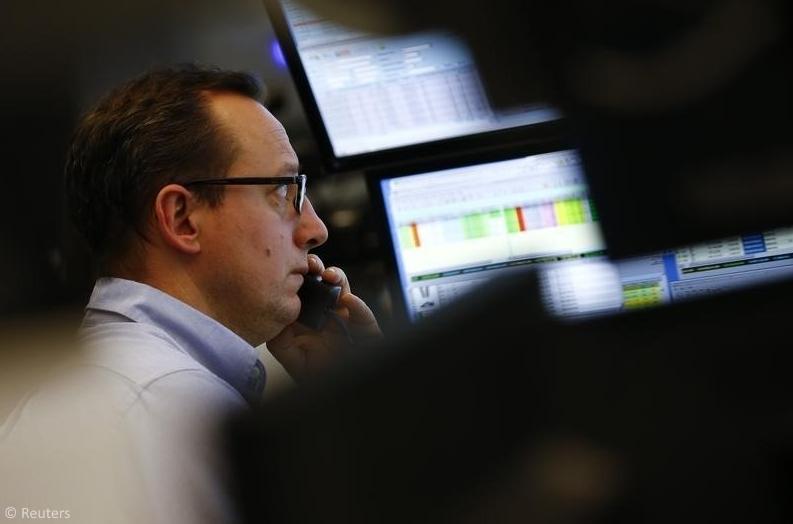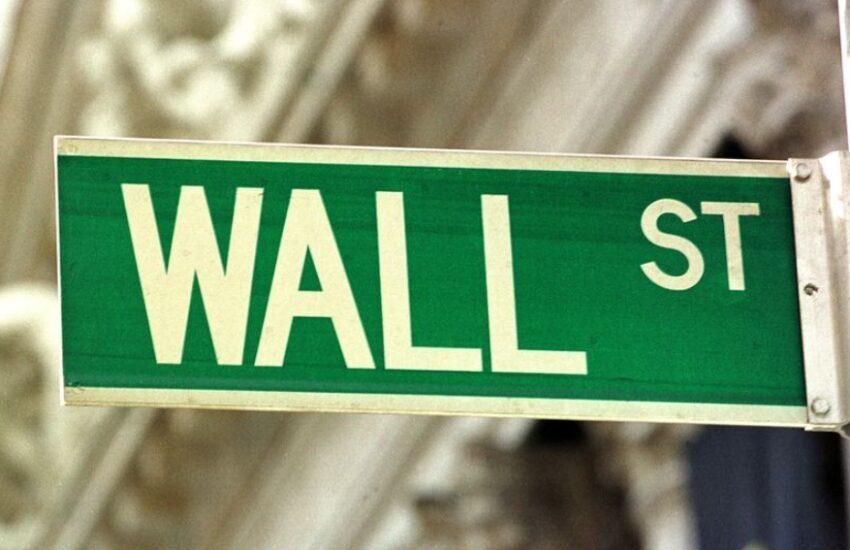The US stock market closed in the red
On Thursday, US stock indices ended lower on the back of higher yields on government bonds and after the publication of statistics on retail sales and industrial production in the US in August.
Expectations by investors to continue raising the Fed rate after the release of inflation data in the United States fuel growth in the bond market, which provoked a decline in stocks. Traders estimate a 74% chance of another rate hike by the US central bank in September by 75 bp. and in 26% – the probability of a rise of 1 p.p., according to CME Group. Against this backdrop, the yield on 10-year US Treasuries rose to 3.458% on Thursday from 3.411% on Wednesday.
The Dow Jones Industrial Average fell 173.27 points (0.56%) on Thursday to 30,961.82 points. Standard & Poor”s 500 fell 44.66 points (1.13%) to 3901.35 points. The Nasdaq Composite lost 167.32 points (1.43%) to 11,552.36 points.
Railroad stocks edged higher on White House reports that major US railroad operators had reached a tentative agreement with workers’ unions to avert a strike scheduled for Friday. However, the pace of the rise in shares slowed towards the end of the session as the overall decline in the market.
Papers Union Pacific Corp (NYSE:UNP). rose by 0.2% and Norfolk Southern Corp (NYSE:NSC). – by 0.5%.
Shares of Adobe Inc., the world’s largest developer of imaging software, plunged 16.8%. The company announced the purchase of the owner of the interface development service Figma for $20 billion. In addition, Adobe published quarterly results, according to which its net income decreased by 6%.
Capitalization of the largest US aluminum producer Alcoa (NYSE:AA) fell by 3.7%. Alcoa’s chief financial officer, William Oplinger, said the company is under pressure from higher energy costs and lower metal prices, resulting in lower earnings in the third quarter.
Stock quotes of Southwest Airlines Co (NYSE:LUV). decreased by 3% after worsening the forecast for the 3rd quarter. Meanwhile, shares of insurer Humana Inc (NYSE:HUM). jumped 8.4% after improving full-year earnings guidance.
Traders also analyzed US retail sales data yesterday, which may indicate the level of consumer demand and the state of the country’s economy, about 70% of which is consumer spending.
Retail sales in the country last month increased by 0.3% on a monthly basis, the country’s Ministry of Commerce said. Analysts polled by Bloomberg had expected a 0.1% decline, while Trading Economics forecast that sales would remain at the July level.
The volume of industrial production in the US in August decreased by 0.2% compared to the previous month, data from the Fed showed. Analysts polled by Trading Economics had forecast a 0.1% increase on average.




